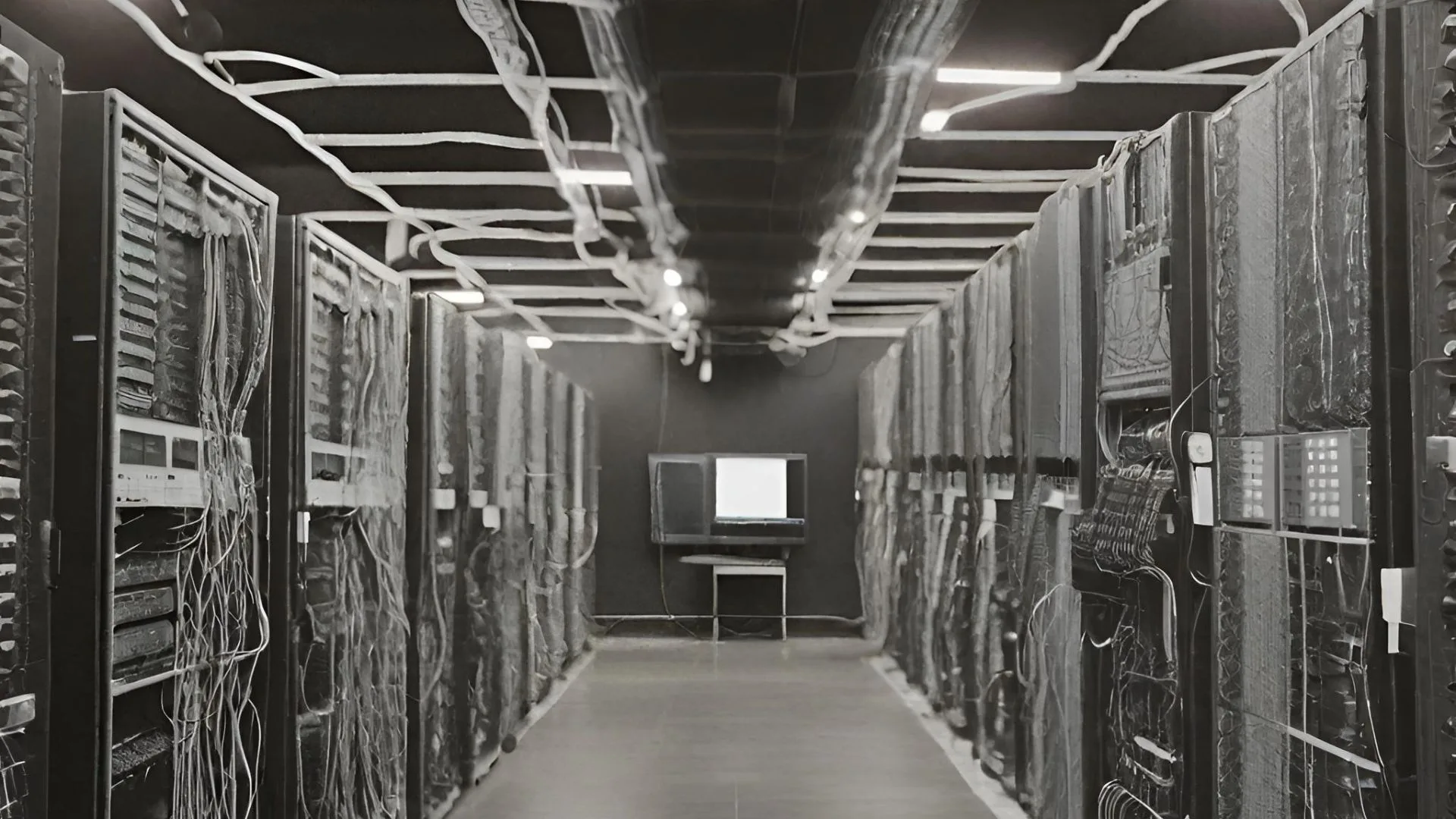DNS (Domain Name System) is a critical component of modern networking infrastructure, responsible for translating domain names into IP addresses and ensuring reliable internet connectivity. While DNS operates seamlessly in most scenarios, advanced issues can arise that require troubleshooting techniques to resolve effectively.
Understanding Advanced DNS Issues
Advanced DNS issues often involve complex configurations and operational challenges that impact the availability and performance of web services. Addressing these issues requires a deep understanding of DNS protocols and best practices.
Common Advanced DNS Issues
- Zone Transfers: Zone transfers allow DNS servers to exchange zone data. Issues with zone transfers can lead to outdated or inconsistent DNS information across servers, affecting service availability. Monitoring and configuring zone transfer settings correctly can mitigate these issues (Managing DNS Records).
- DNS Propagation Delays: Changes made to DNS records may not propagate immediately across the internet due to caching by DNS resolvers. Delays in propagation can cause temporary disruptions in service accessibility, especially during DNS record updates or migrations (DNS Record Types Explained).
- DNSSEC Configuration: DNS Security Extensions (DNSSEC) add security features to DNS responses. Misconfigurations or incomplete DNSSEC setups can lead to validation failures and affect domain accessibility (DNS Security: DNSSEC).
Troubleshooting Techniques
- DNS Query Analysis: Use DNS query tools to analyze DNS resolution paths and identify potential bottlenecks or misconfigurations (DNS Resolution Process: From User to Web Server).
- Monitoring DNS Logs: Regularly monitor DNS server logs for error messages, warnings, or unusual activity that may indicate underlying issues (Monitoring DHCP Server Performance and Health).
- Testing with DNS Testing Tools: Utilize online DNS testing tools to simulate DNS queries from different locations and verify DNS record propagation and resolution (Troubleshooting Common DHCP Issues).
Best Practices for Advanced DNS Troubleshooting
- Document Changes and Configurations: Maintain detailed documentation of DNS configurations, changes, and troubleshooting steps to facilitate quick resolution of future issues.
- Collaborate with Network Teams: Work closely with network administrators and DNS experts to diagnose and resolve complex DNS issues effectively.
- Implement Redundancy and Failover: Configure secondary DNS servers and implement DNS failover strategies to ensure high availability and mitigate single points of failure (DNS Failover and Redundancy for High Availability).
Conclusion
Advanced DNS troubleshooting requires a combination of technical expertise, systematic analysis, and proactive monitoring to maintain a robust and reliable DNS infrastructure. By understanding common DNS issues, employing effective troubleshooting techniques, and leveraging advanced DNS management tools, organizations can ensure seamless connectivity and optimal performance for their internet services.
For further insights into DNS management and troubleshooting, visit our guides on Managing DNS Records and DNS Security: DNSSEC.



One thought on “Troubleshooting Advanced DNS Issues”